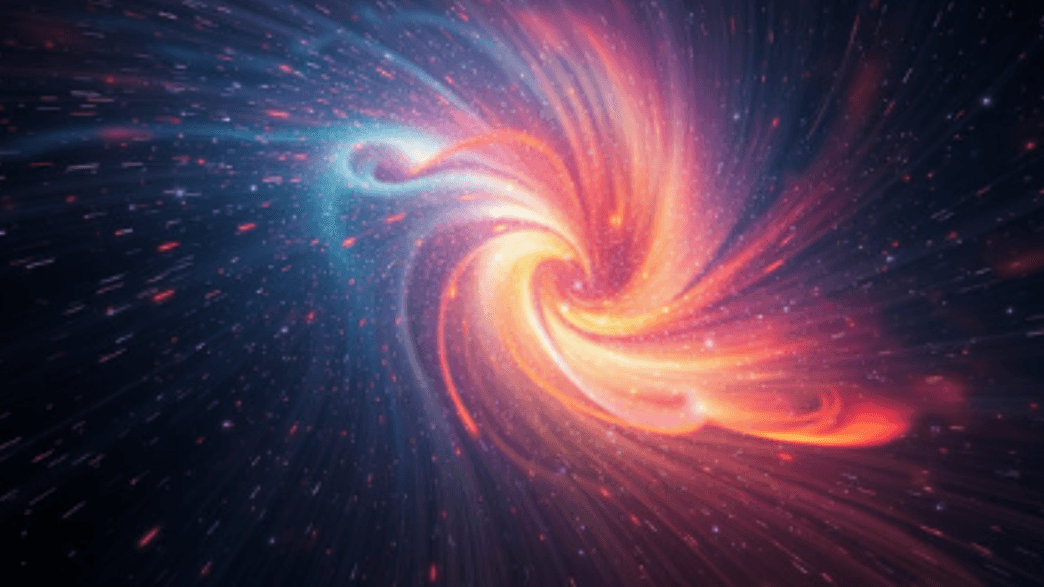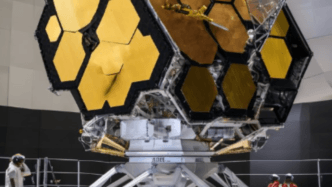The universe is an endless expanse filled with mysteries, from gigantic black holes to explosive supernovae and the enigmatic forces of dark matter. Galactic phenomena shape the structure of space, influence the formation of stars and planets, and challenge our understanding of physics itself.
Why should we care about these cosmic events? Because they hold the key to understanding our own origins and the future of the universe. By studying these phenomena, astronomers can unlock secrets about how galaxies evolve, what happens when stars die, and even whether life exists beyond Earth.
In this article, we’ll dive deep into the most incredible galactic events, exploring their causes, effects, and the cutting-edge technology that helps us study them.
The Structure of the Universe
Galaxies: The Building Blocks of the Universe
Galaxies are vast cosmic structures containing billions of stars, planets, and other celestial objects. They come in various shapes and sizes:
- Spiral Galaxies: Characterized by swirling arms of stars, like our own Milky Way.
- Elliptical Galaxies: Rounded, less structured galaxies that often contain older stars.
- Irregular Galaxies: Lacking a clear shape, often formed by galaxy collisions.
The Milky Way is a massive spiral galaxy housing our solar system. It spans about 100,000 light-years and contains over 200 billion stars. Its structure consists of a dense core, spiral arms filled with young stars, and a mysterious dark matter halo.
Stars and Their Life Cycles
Stars are born, live for millions or billions of years, and eventually die—sometimes in spectacular fashion.
- Birth: Stars form in massive clouds of gas and dust called nebulae. Over time, gravity pulls material together to ignite nuclear fusion.
- Main Sequence: Most stars, including the Sun, spend most of their lives burning hydrogen into helium.
- Red Giant Phase: As hydrogen runs out, the star expands and cools. Some stars collapse into white dwarfs, while larger ones explode in supernovae, forming neutron stars or black holes.
This cycle is crucial for the formation of elements essential for planets—and life itself.
Extreme Galactic Phenomena
Black Holes: The Universe’s Mysterious Giants
Perhaps the most mind-bending objects in space, black holes are regions where gravity is so strong that nothing—not even light—can escape.
- Formation: Created from the collapse of massive stars.
- Event Horizon: The point of no return, beyond which escape is impossible.
- Supermassive Black Holes: Found at the centers of galaxies, millions to billions of times the mass of our Sun.
Recent studies, including the first-ever image of a black hole by the Event Horizon Telescope, have provided direct proof of their existence.
Neutron Stars and Pulsars
When a massive star explodes in a supernova, its core may collapse into an incredibly dense neutron star.
- These stars are so compact that a teaspoon of neutron star material would weigh billions of tons.
- Some neutron stars emit powerful beams of radiation as they spin, creating pulsars, which act like cosmic lighthouses.
Quasars: The Brightest Objects in the Universe
Quasars are distant, incredibly bright objects powered by supermassive black holes consuming matter at their cores.
- They shine trillions of times brighter than the Sun.
- Quasars offer a glimpse into the early universe, as their light has traveled billions of years to reach us.
Mysterious Cosmic Phenomena
Dark Matter and Dark Energy
Despite making up most of the universe, dark matter and dark energy remain largely unknown.
- Dark Matter: Invisible material that interacts with gravity, explaining why galaxies rotate faster than expected.
- Dark Energy: A force driving the universe’s accelerated expansion.
Understanding these forces is one of astronomy’s biggest challenges.
Fast Radio Bursts (FRBs): Signals from the Unknown
FRBs are sudden, intense bursts of radio waves from deep space, lasting only milliseconds.
- Some FRBs repeat, suggesting an unknown astronomical source.
- Theories range from magnetars (highly magnetic neutron stars) to even alien technology.
The Future of Galactic Exploration
Space Telescopes and Observatories
Advanced telescopes allow us to see deeper into space than ever before:
- Hubble Space Telescope: Provided stunning images of distant galaxies.
- James Webb Space Telescope: Designed to study the early universe in infrared.
Humanity’s Future in Space
With missions aiming to explore Mars and beyond, could humans one day leave Earth to settle among the stars? Some scientists believe interstellar travel might be possible with future technology like warp drives or generation ships.
Conclusion
Galactic phenomena offer a window into the most powerful forces in nature. From black holes to dark matter, these cosmic mysteries continue to inspire scientists and space enthusiasts alike. The more we explore, the more we uncover the secrets of the universe—and perhaps even our own destiny among the stars.
FAQs
- What is the most mysterious galactic phenomenon? – Dark matter remains one of the greatest unsolved mysteries in astrophysics.
- How do scientists study black holes? – Using radio telescopes and gravitational wave detectors.
- Could our galaxy collide with another? – Yes! The Milky Way and Andromeda will merge in about 4.5 billion years.
- What is the significance of dark matter? – It explains the unseen mass holding galaxies together.
- Will humans ever explore other galaxies? – Not yet, but future propulsion technology could make intergalactic travel possible.











